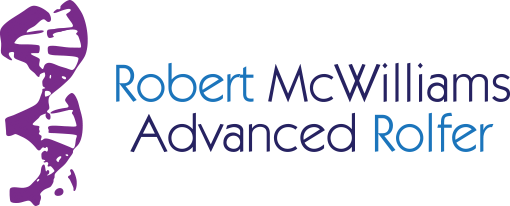One of the things we look for, as Rolfers™ is: what structure is holding, that won’t allow important muscles to activate properly. For instance, serratus anterior ( see this link to Wikipedia) is a very important stabilizer for the entire shoulder girdle. When it is used in balance with appropriate use of other muscles in the area, the impression is of a natural grace and spaciousness in the upper back, supporting the head, neck and shoulders effortlessly. When these other muscles in the shoulder girdle are over-activated, and/or stuck together on the fascial level, as is often the case in a dysfunctional shoulder, this important muscle is not able to work properly. The torso looks less coordinated, and more closed, spatially. A Rolfer can work to release the stuck fascia, and unlock the hold that offending muscle has. For instance, freeing the tightly held subscapularis ( Subscapularis muscle – Wikipedia), or pectoralis minor(Pectoralis minor-Wikipedia) fascia can naturally help to re-activate serratus. Coaching on how to use this spaciousness and fluidity in breathing and reaching can help, then, anchor this.
We use this principle through the whole body, toes to head, stem to stern, to help bring clients into better function and poise.
Cool huh?
